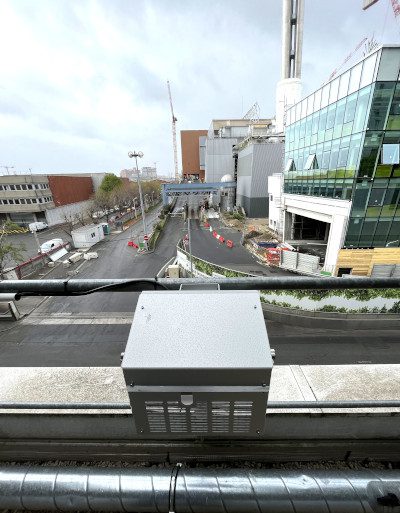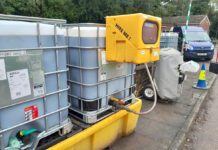
A waste to energy (WtE) plant in northern Paris, known as the ‘L’étoile Verte’ or ‘Green Star’ waste recovery facility, which was originally built in an industrial area, is now surrounded by residential development. This has presented a number of challenges; not least of which is odour. The company ELLONA has therefore been contracted to establish a smart continuous odour and gas monitoring network, so that the sources of odour can be identified, and improvement measures can be underpinned by scientific data.
“The ELLONA monitoring network was established for a number of reasons,” says Claire Bara, Syctom Director of Urban Ecology and Environmental Regulation. “Firstly, it was clear that we would need continuous monitoring to be able to identify odour events. Secondly, air quality monitoring alone would be insufficient because of the complexity involved with odour detection and perception. Thirdly, the identification of peaks would enable us to correlate odours with specific processes and locations within the plant. So, by identifying the main sources of odour, we would be able to implement improvements that would also be monitored by the ELLONA network.
“Classical modelling tools would not be able to accommodate the complexities of the urban environment, so one of the main aims of the tool was to be able to identify every odour source – both on-site and in the surrounding neighbourhood,” Claire explains.
Importantly, ELLONA worked in partnership with the high-performance computing and modelling company NUMTECH to model the complex air flows that take place in the plant and in the surrounding urban environment.
Each of the nineteen ELLONA monitors (WT1) at Green Star features a comprehensive array of sensors measuring temperature, humidity, pressure, hydrogen sulphide, ammonia and VOCs. Other important variables are wind speed and direction, which have obvious effects on odours.

The WT1 units store measurements internally, but the data are also transferred to the Cloud every 10 seconds for processing. Data from the physical sensors and from the virtual sensors (created from the physical sensors’ data and mathematical models) provide information on air quality, odour identity, intensity and duration. The measurements and the derived odour information are provided in real-time to Syctom via a dedicated website, which also provides the ability to view historical data.
Looking forward, says the group, “odour nuisance will be reduced further by implementing and assessing mitigation measures. The constituents of household waste may change, but with the monitoring system in place, Syctom will be able to respond appropriately to any variations in odour generation.”






